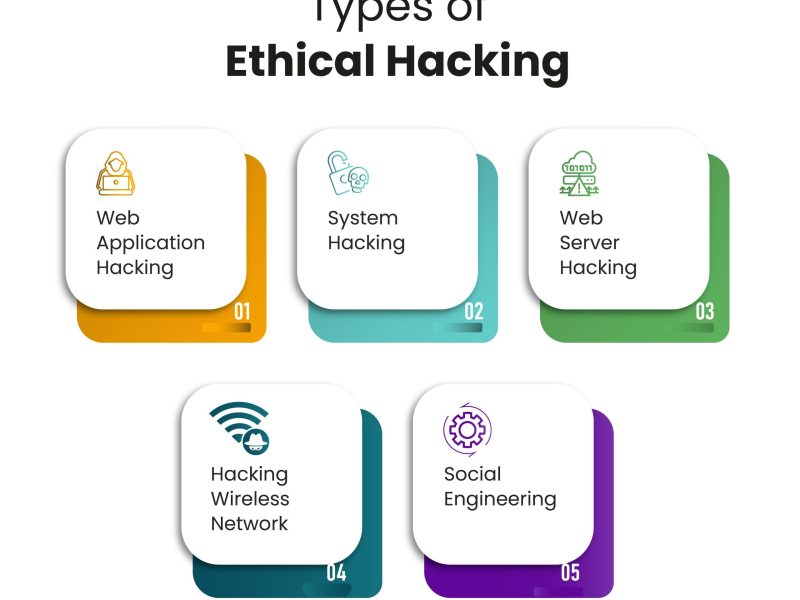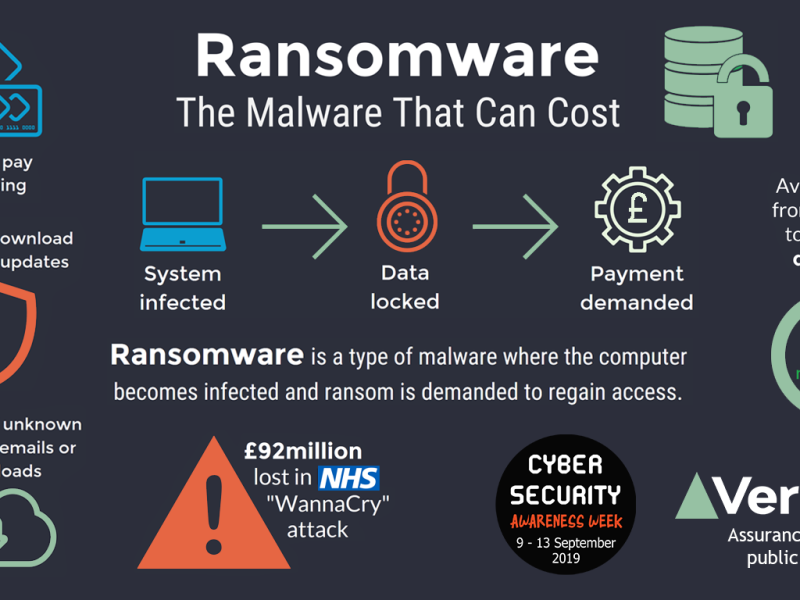In today’s digital age, cyber threats are becoming more sophisticated and prevalent than ever before. Hackers are constantly trying to steal sensitive information, such as passwords and personal data, from unsuspecting individuals and organizations. As a result, it is crucial for individuals and businesses to take proactive measures to protect themselves from these threats. One of the most effective ways to enhance security online is by implementing two-factor authentication (2FA).
What is Two-Factor Authentication?
Two-factor authentication is a security process that requires users to provide two different forms of identification before gaining access to an account or system. The first factor is usually something the user knows, such as a password, while the second factor can be something the user has (e.g., a smartphone) or something the user is (e.g., fingerprint or face recognition). By requiring two different forms of identification, two-factor authentication adds an extra layer of security and makes it significantly more difficult for hackers to gain unauthorized access to accounts.
Benefits of Two-Factor Authentication
There are several benefits to implementing two-factor authentication, including:
Enhanced Security
By requiring two different forms of identification, two-factor authentication significantly reduces the risk of unauthorized access to accounts. Even if a hacker manages to obtain a user’s password, they would still need access to the second factor (e.g., smartphone) to gain entry. This extra layer of security can help prevent data breaches and protect sensitive information from falling into the wrong hands.
Protection Against Phishing Attacks
Phishing attacks are a common method used by hackers to trick individuals into revealing their login credentials. By using two-factor authentication, even if a user falls victim to a phishing attack and provides their password, the hacker would still be unable to access the account without the second factor of authentication. This can help mitigate the risk of falling victim to phishing scams and protect users from account takeover.
Compliance Requirements
Many industries and organizations are required to comply with strict security regulations and guidelines to protect sensitive data. Two-factor authentication is often a mandatory requirement for compliance with these regulations, such as the Payment Card Industry Data Security Standard (PCI DSS) or General Data Protection Regulation (GDPR). By implementing two-factor authentication, businesses can ensure they meet these compliance requirements and avoid potential penalties or fines.
How to Implement Two-Factor Authentication
Implementing two-factor authentication is relatively straightforward and can be done through various methods, such as:
– SMS or email verification codes
– Authentication apps (e.g., Google Authenticator, Authy)
– Hardware tokens (e.g., YubiKey)
– Biometric authentication (e.g., fingerprint or facial recognition)
Users can choose the method that best suits their needs and preferences to add an extra layer of security to their accounts.
Conclusion
In conclusion, two-factor authentication is a vital tool in enhancing security online and protecting sensitive information from cyber threats. By requiring users to provide two different forms of identification, two-factor authentication adds an extra layer of security that significantly reduces the risk of unauthorized access to accounts. Organizations and individuals alike should consider implementing two-factor authentication to safeguard their data and mitigate the risk of falling victim to cyberattacks. Stay safe online and protect your information with two-factor authentication.


